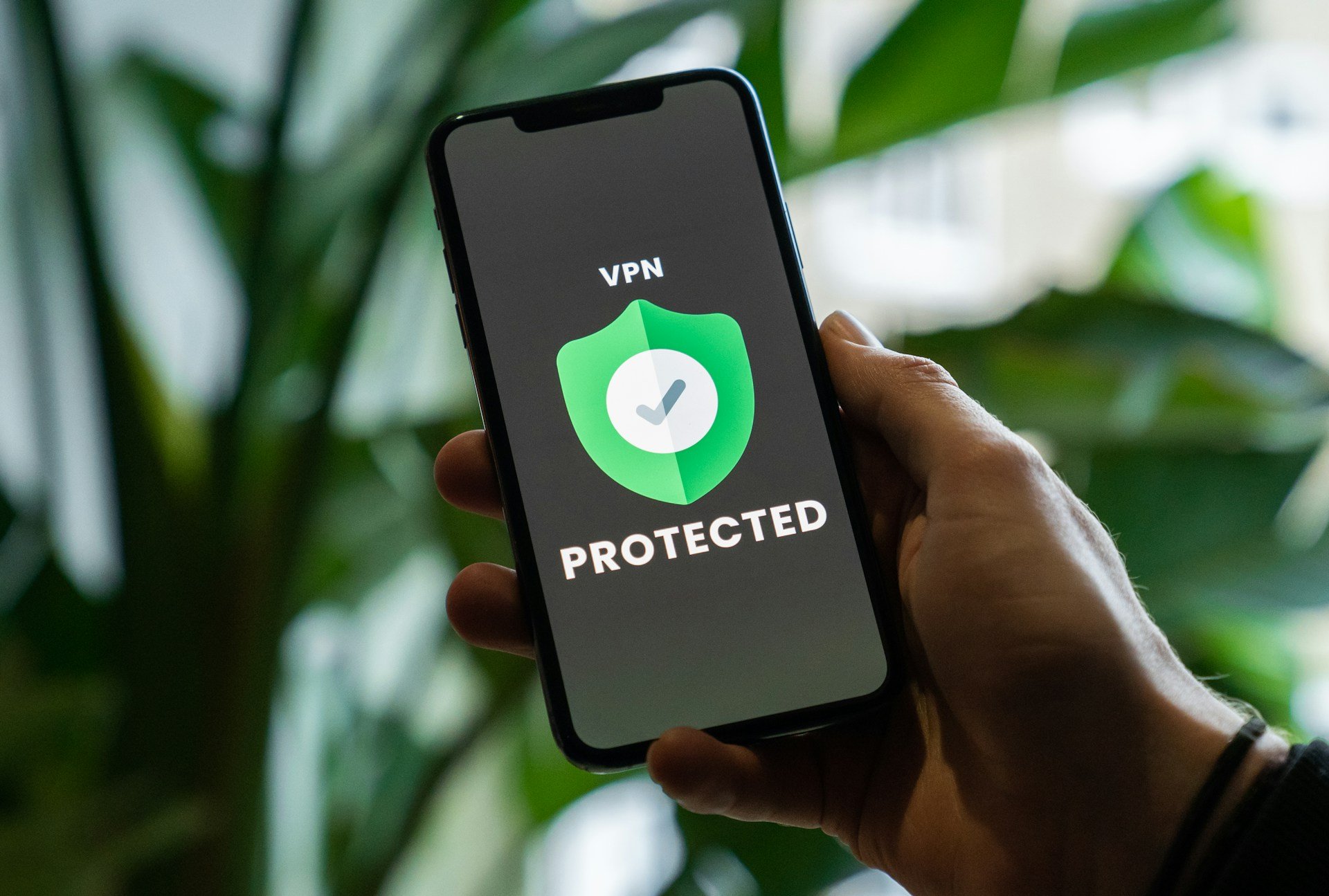The shift to remote and hybrid work models has introduced significant cybersecurity challenges for organisations worldwide. A study by HP Wolf Security revealed that 71% of employees access more company data from home than before the pandemic, with 70% admitting to using work devices for personal tasks.
This blending of personal and professional device usage has expanded attack surfaces, making networks more vulnerable. As a result, 83% of IT teams feel that the rise in home-based employees has created a “ticking time bomb” for potential network attacks.
In response, businesses have turned to Virtual Private Networks (VPNs) and Zero Trust Network Access (ZTNA) to safeguard remote connections. However, these two solutions each come with significant trade-offs.
VPN vs. ZTNA: The Security and Performance Dilemma
VPNs and ZTNA are the two dominant remote access solutions, but each comes with trade-offs that impact security, performance, and usability. Understanding how they work highlights why IT leaders often struggle to choose between them.
How VPNs work
A VPN establishes an encrypted tunnel between a user’s device and the corporate network, allowing remote employees to access internal resources as if they were physically in the office. This method is efficient and maintains network speed, but it requires keeping open ports exposed to the internet.
Attackers frequently scan for these ports making VPNs a prime target for ransomware and other cyber threats. Once connected, an attacker can move laterally across the network, increasing the risk of a major breach.
How ZTNA works
ZTNA, in contrast, follows a zero trust approach, meaning users are never inherently trusted, even if they have network access. Instead of a direct tunnel, ZTNA routes traffic through a cloud-based security layer, which verifies identity and enforces access controls before granting permission to specific applications. This approach eliminates exposed network ports, reducing the risk of direct attacks.
However, by funnelling all traffic through a third-party proxy, ZTNA introduces latency, increased costs and challenges in tracking individual user activity due to NAT obfuscation—which makes all users appear to be connecting from the same IP address. This can complicate both security monitoring and troubleshooting.
Ultimately, both VPNs and ZTNA force IT leaders to make a tough choice: prioritise speed with VPNs or security with ZTNA. But what if there was a way to achieve both?
Zero Networks Connect: Secure Remote Access Without Compromise
Zero Networks Connect eliminates the trade-offs, offering a unified remote access solution that merges VPN’s performance with ZTNA’s security.
- No Open Ports: Like ZTNA, Zero Networks Connect keeps ports closed and invisible to attackers. Ports are opened dynamically only after a user has authenticated using MFA
- Maximum Performance: Unlike ZTNA, Zero Networks Connect enables direct peer-to-peer connectivity using WireGuard®, the fastest open-source VPN protocol with best-in-class cryptography
- No NAT Obfuscation: Unlike ZTNA, Zero Networks Connect retains each user’s individual IP address, preserving visibility for security and monitoring tools
- Vendor Access Segmentation: Zero Networks Connect dynamically grants vendors access only to the resources they need, something VPNs simply don’t support without additional security tools
- Plug-and-Play Deployment: Integrated with Zero Networks full zero trust network and identity segmentation—ready to deploy in 30 days
How Zero Networks Connect Works
Zero Networks Connect eliminates that trade-off by combining the best aspects of VPNs and ZTNA. It provides seamless, high-speed connectivity while maintaining a strict zero trust security model. Here’s how it works:
- The user connects via the Zero Connect Client
- MFA authentication is enforced by Zero Networks
- The cloud service dynamically opens the VPN port only for the user’s IP
- A secure tunnel is established, and the user gains access based on predefined permissions
With Zero Networks Connect, organisations get secure, high-performance remote access without the risks of open ports or the slowdowns of rerouted traffic. The result? A streamlined, zero trust solution that protects your network without compromising user experience.
VPN vs. ZTNA vs. Zero Networks Connect
| Feature | VPN | ZTNA | Zero Networks Connect |
| Open Ports | Yes | No | No |
| High Performance | Yes | No | Yes |
| Direct Connectivity | Yes | No | Yes |
| Vendor Access Segmentation | No | Yes | Yes |
| NAT Obfuscation | No | Yes | No |
See Zero Networks Connect in Action
Remote and hybrid work are not going anywhere, which is why secure and efficient access is non-negotiable. Yet, traditional solutions like VPNs and ZTNA force IT leaders to compromise—sacrificing either security or performance. Zero Networks Connect eliminates that trade-off, delivering the best of both worlds with seamless, high-speed, zero trust access.
Why settle for outdated, vulnerable or sluggish remote access? With Zero Networks Connect, organisations can protect their networks, optimise user experience and simplify security—all in one streamlined solution.
Contact us today to learn how Zero Networks can revolutionise your remote access.











